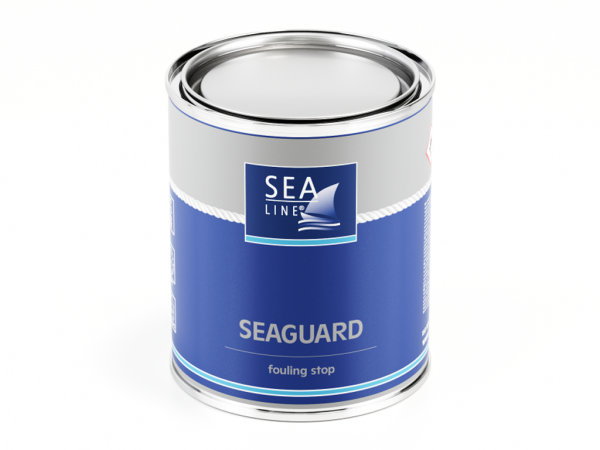
| Type | GRP laminates, wood, Steel, aluminium | |
| Place | Below waterline | |
| Function | Antifouling paint discourages the growth of barnacles, weed, and other water life on the submersed hull of the boat. | |
| Application | brush, roll, spray gun | |
| Thinning * | No | |
| Theoretical coverage For 1l | 9÷10 m2 for 100 μmWFT/ 50 μm DFT | |
| Coats number | 1 – 3 | |
| Time between layers | Min 5 h | |
| Dry to launch: | Min 12 h – max 30 day | |
| Pack | 0,750 l | 2,5 l |
| Color **: white dark blue black | code: 300009843 300009836 300011250 | code: 300009847 300009846 300011251 |
In the case of high temperatures and the need to thin the antifouling paint, a maximum dilution of 0-5% (by volume) is recommended.
Dilution and the application method directly affect the thickness of the antifouling paint layer.
Special attention should be paid to obtaining a specific coating thickness (100 μm DTF), which ensures the effective operation of the antifouling paint.
Exposure of a freshly applied antifouling paint to moist air can lead to color change. The discoloration is only superficial and does not affect the effectiveness of the antifouling paint.
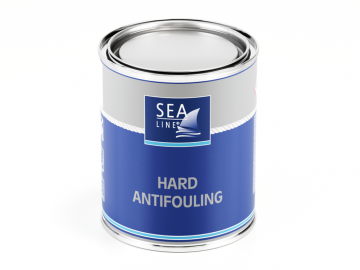
HARD ANTIFOULING paint: Suitable for salty and regular water. Suitable for sailing and motor boats traveling with a maximum speed […]
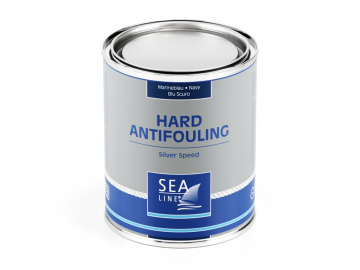
Silver Speed HARD Antifouling is a hard antifouling paint, effectively preventing fouling organism: aquatic plants and animals or slime. Ideal […]
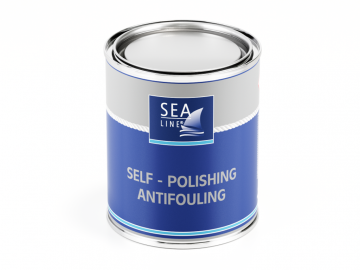
Self-polishing Antifouling Paint: Suitable for salty and regular water. Suitable for sailing and motor boats traveling with a maximum speed […]
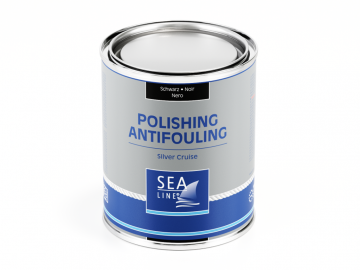
Silver Cruise Polishing Antifouling it’s effectively preventing fouling organism: aquatic plants and animals or slime. Ideal paint for professional and […]

Refilling and to tackle inequalities caused by damage to or during the course of production

Protects boat surfaces from the effects of destructive activities osmosis and corrosion

Provide an aesthetic and a perfect look of the boat also protective against water and UV radiation

Protect the hull from fouling with algae and shells

Effectively remove scratches, refresh the color of gelcoat or paint, fast shine effect

Special preparations for effective cleaning and refinishing

Laminating, gluing and filling in cracks in gelcoat

Range of products useful in the boat builder work